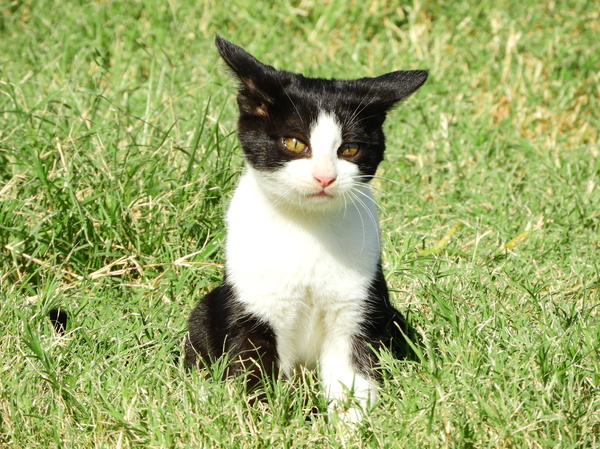
Cat litter and litter boxes play an essential role in the lives of both cats and their owners. From the simple starts of sand and soil to the ingenious advancements of today, the world of cat litter has developed considerably. In this thorough guide, we look into every element of cat litter and litter boxes, exploring their history, types, advantages, obstacles, and whatever in between.
The history of cat litter dates back centuries, with ancient civilizations utilizing sand, soil, and even ashes as primitive litter products. Nevertheless, it wasn't till the mid-20th century that modern cat litter as we understand it emerged. In 1947, Edward copyright introduced the world's first business cat litter made from absorbent clay, revolutionizing the way cats relieved themselves indoors. Since then, cat litter has gone through many improvements, with the intro of clumping litter, silica gel litter, eco-friendly alternatives, and more.
Today, feline owners are spoiled for choice when it comes to selecting the right litter for their feline companions. Standard clay litter stays popular for its price and efficiency in taking in odors. Clumping litter, which forms solid clumps when wet, streamlines cleansing and maintenance. Silica gel litter, composed of highly absorbent silica crystals, uses remarkable smell control and longevity. Eco-friendly alternatives, such as recycled paper, wood pellets, corn, and wheat, attract environmentally mindful customers.
Each type of cat litter offers special benefits. Clay litter excels in its ability to soak up wetness and control odors, making it a reliable option for numerous cat owners. Clumping litter streamlines day-to-day scooping and extends the time between complete litter modifications. Silica gel litter offers exceptional smell control and can last longer between replacements. Biodegradable litters use a sustainable option that reduces ecological impact.
While cat litter enhances indoor feline health, it is not without its difficulties. Dust from clay litter can pose breathing dangers for both felines and humans, triggering the popularity of dust-free options. Some cats might establish litter box aversion due to concerns with texture, fragrance, or tidiness, requiring experimentation with various litters and box configurations. Multi-cat homes may need strategic litter Pine Pellet Cat Litter box placement and regular maintenance to avoid territorial disagreements and guarantee all felines have access to tidy facilities.
Choosing the suitable litter box is essential for promoting favorable litter box habits and total feline well-being. Elements to consider include size, ease of access, and style choices. Covered litter boxes offer personal privacy and aid contain smells, however some felines might find them restricting or intimidating. Open-top litter boxes provide easy gain access to and visibility however may result in more litter scatter. Automatic self-cleaning litter boxes simplify maintenance however cat litter alternatives need regular tracking and maintenance.
Proper litter box upkeep is crucial for making sure a clean and inviting environment for both felines and their owners. Daily scooping removes waste immediately, minimizing odor and preventing litter box hostility. Regular litter replacement, usually every 1-2 weeks, avoids bacterial buildup and preserves ideal absorbency. Extensive cleaning with mild cleaning agent and water, preventing harsh chemicals that may prevent felines from Clay Cat Litter utilizing the box, ought to be carried out monthly.
Cat litter and litter boxes play a central role in promoting a healthy and unified relationship between cats and their human buddies. With a varied selection of litter options and litter box designs offered, feline owners have the versatility to customize their options to suit their cats' preferences and home requirements. By comprehending the evolution, types, benefits, and difficulties of cat litter and litter boxes, animal owners can offer their feline good friends with a comfy and sanitary indoor environment.